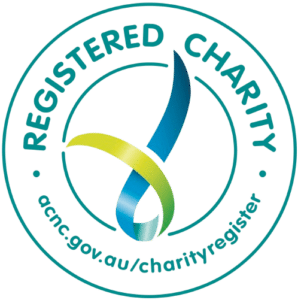
Jessica Stokes-Parish explains what we need to look for in a hand sanitiser.

Jessica Stokes-Parish explains what we need to look for in a hand sanitiser.
Hand sanitisers work because of their antiseptic ingredients – they disrupt the cellular metabolism of the cell, effectively killing them. Washing hands with soap and water is always the preferred method for hand hygiene, and always if your hands are visibly dirty or grimy.
Hand sanitisers are a useful way to reduce virus on your hands if you are in an area where there is no water available. In Australia these sanitisers are regulated either as a cosmetic or therapeutic good. As the names indicate, cosmetic means they are low-risk active ingredients with no proof of efficacy and therapeutic means the product must be proven to work. Due to the fact that cosmetic goods are not required to provide evidence of efficacy, cosmetic advertisements can only say things like “kills 99.9% of germs” – there is no specification of which germs and in what conditions. Cosmetic goods will list the ingredients, but are not required to disclose specific details.
Importantly, part of the requirements for the therapeutic grade hand sanitiser, include listing the full ingredients, described the final concentration of alcohol post mix (v/v) registering the product as a “Registered” product, and must provide evidence of safety and efficacy testing the product to the Therapeutic Goods Association (TGA).
In response to COVID-19 and the increased demand for hand sanitisers, the TGA have amended legislation for a period of time to allow for a third group of regulatory requirements – an “Exempt Group”. This group is for specific World Health Organization (WHO) formulation exempt from regulation during the pandemic. The WHO formulation was designed for compounding pharmacies and for Lower-Middle Income Countries to ensure safe, effective hand hygiene was accessible for all. This formula was not designed for home use, and as such, the TGA has provided this new legislation to allow distilleries and other companies to manufacture effective hand sanitiser to local communities.
These formulations MUST adhere to the guidelines, follow strict testing and the final formulation can ONLY include the following:
The product must also be labelled correctly – including the listing of ingredients and that the product uses the WHO formulation.
The following are not recommended as effective hand sanitisers as per WHO and other regulating bodies for a variety of reasons (allergy risk, lack of efficacy, insufficient virucidal (virus killing) capacity, no evidence regarding interaction between actives):
When you’re looking for a hand sanitiser, the best option is to wash your hands with soap and water (any soap will do – it doesn’t need to be antibacterial). But if you’re after a hand sanitiser that is proven to be kill a virus, check on the following:
Check with your local pharmacy, or even your local distillery, for stocks of hand sanitiser.
For up to date information and advice about the current COVID-19 situation please visit the Australian Government Department of Health, NSW Health and World Health Organisation websites.
To stay informed with what HMRI is doing and our community information campaign, click here to sign up for updates.
HMRI would like to acknowledge the Traditional Custodians of the land on which we work and live, the Awabakal and Worimi peoples, and pay our respects to Elders past and present. We recognise and respect their cultural heritage and beliefs and their continued connection to their land.

Hunter Medical Research Institute
We’re taking healthy further.
Locked Bag 1000
New Lambton
NSW, Australia, 2305



This site is protected by reCAPTCHA and the Google Privacy Policy and Terms of Service apply.
Copyright © 2024 Hunter Medical Research Institute | ABN: 27 081 436 919
Site by Marlin Communications
